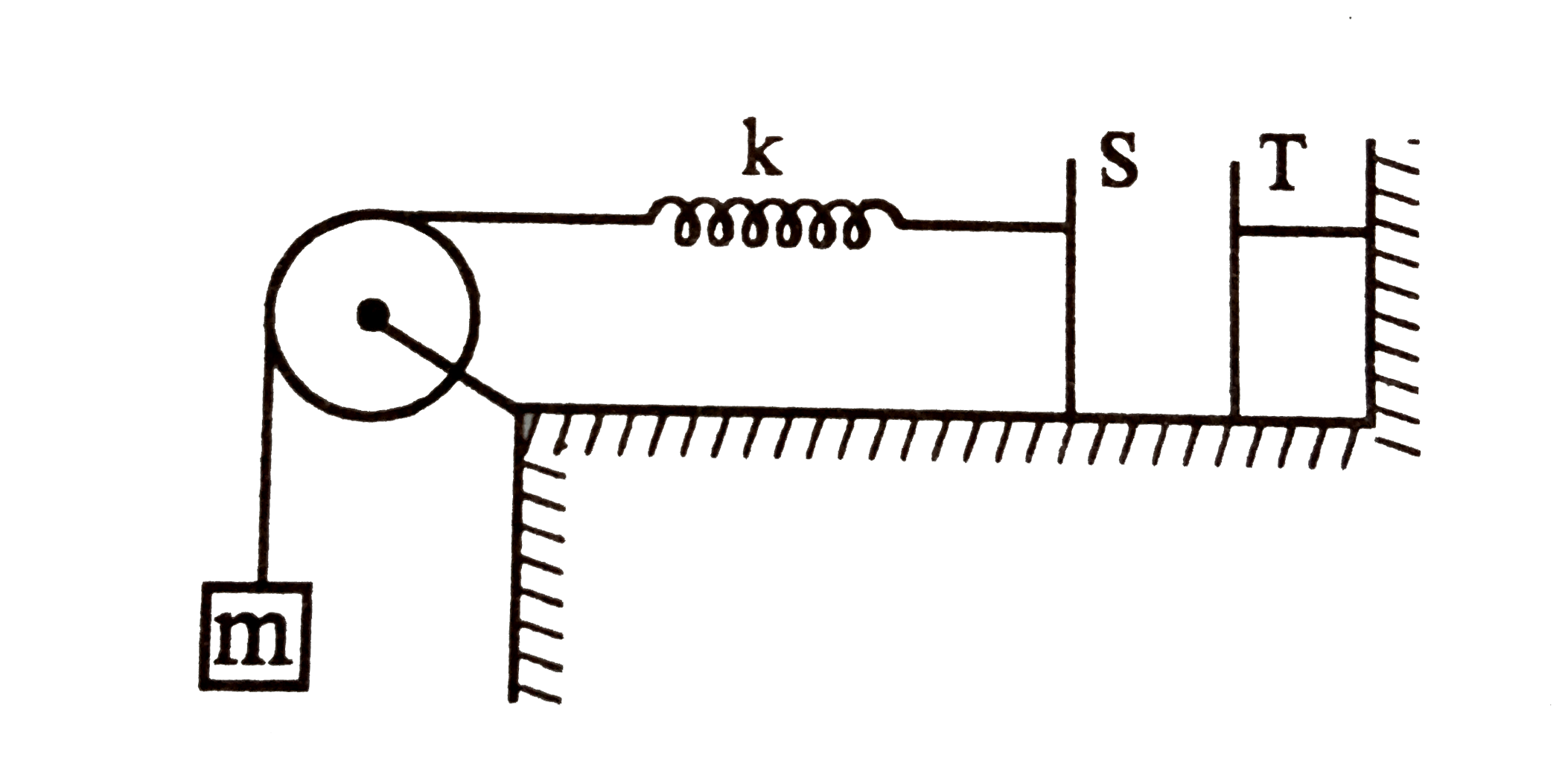A variable parallel plate capacitor and an electroscope are connected in parallel to a battery. The reading of the electroscope would be decreased by.
Only(i), (ii) and (iii) are correct
Only (i) and (ii) are correct
Only(ii) and (iv) are correct
Only (iv) is correct
The correct Answer is:D
Step by step video, text & image solution for A variable parallel plate capacitor and an electroscope are connected in parallel to a battery. The reading of the electroscope would be decreased by. by Physics experts to help you in doubts & scoring excellent marks in Class 12 exams.
Topper's Solved these Questions
- BOOK - PHYSICS GALAXY - ASHISH ARORACHAPTER - CAPACITANCEEXERCISE - NUMERICAL MCQS56videos
CAPACITANCE
- BOOK - PHYSICS GALAXY - ASHISH ARORACHAPTER - CAPACITANCEEXERCISE - ADVANCE MCQS26videos
CAPACITANCE
- BOOK - PHYSICS GALAXY - ASHISH ARORACHAPTER - CAPACITANCEEXERCISE - DISCUSSION QUESTIONS22videos
CAPACITANCE
- BOOK - PHYSICS GALAXY - ASHISH ARORACHAPTER - ATOMIC PHYSICSEXERCISE - Unsolved Numerical Problems39videos
ATOMIC PHYSICS
- BOOK - PHYSICS GALAXY - ASHISH ARORACHAPTER - CURRENT ELECTRICITYEXERCISE - All Questions389videos
CURRENT ELECTRICITY
Similar Questions
Knowledge Check
- Question 1 - Select One
In a parallel plate capacitor, the capacitance
Aincreases with increase in the distance between the platesBdecreases if a dielectric material is put between the platesCincreases with decrease in the distance between the platesDincreases with decrease in the area of the plates - Question 2 - Select One
Two identical parallel plate capacitors are connected in parallel to a3 volt battery. The battery is disconnected and the two capacitors are joined in series, Fig. What is the potentail difference between A and B ?
 A6 voltB2 voltC3 voltD12 volt
A6 voltB2 voltC3 voltD12 volt - Question 3 - Select One
A parallel plate capacitor is charged. If the plates are pulled apart
Athe potential difference increasesBthe capacitance increasesCthe total charge increasesDthe charge and the potential difference remain the same
A parallel plate capacitor is charged by connecting is plates to the terminals of a battery. The battery remains connected to the condenser plates and a glass plate is interposed between the plates of the capacitor, then
View SolutionThe separation between the plates of a parallel plate capacitor is made three times while it remains connected to a battery
(A) the battery absorbs some energy
(B) the electric field between plates remains same
(c) the charge on the capacitor decrease by 66.7%
(D) some work has to be done by an external agent on the platesView SolutionThe plates S and T of a uncharged parallel plate capacitor are connected across a battery. The battery is then disconnected and the charged plates are now connected in a system as shown in the figure. The system shown is in equilibrium. All the strings are insulating and massless. the magnitude of charge on one of the capacitor plates is: [Area of plates =A]
 View Solution
View SolutionTwo identical parallel plate capacitors are connected in series to a battery of 100V. A dielectric slab of dielectric constant 4.0 is inserted between the plates of second capacitor. The potential difference across the capacitors will now be respectively
View SolutionTwo identical parallel plate capacitors are connected in one case in parallel and in the other in series. In each case the plates of one capacitors are brought closer by a distance a and the plates of the outer are moved apart by the same distance a. Then
View Solution
